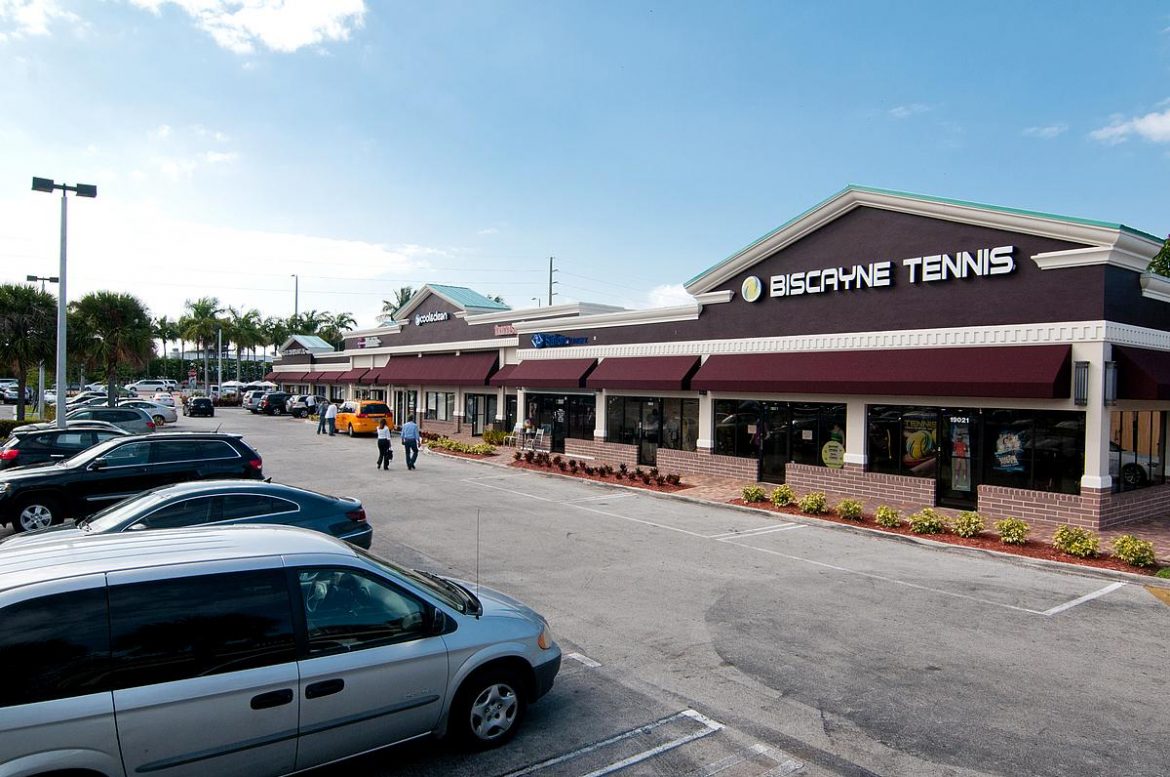
A recent panel discussion at ICSC Las Vegas covered the state of the capital markets and during a morning session, where industry experts provided insights into the current situation, shedding light on the challenges and opportunities facing the market. Hessam Nadji, the president and CEO of Marcus & Millichap, kicked off the discussion by acknowledging the significant disruption caused by the movement of interest rates.
Nadji compared the situation to the financial crisis of 2008 and 2009, emphasizing that while the financial system was not on the brink of collapse this time, the impact on valuation and transaction velocity was similar. Sellers, Nadji noted, were hesitant to enter the market unless compelled by urgent circumstances. However, any products that did hit the market were attracting multiple offers, despite the tight financing conditions, with the intention of refinancing later, he said. Nadji also pointed out that retail, surprisingly, emerged as the new darling of the industry, outperforming other property types.
Glenn Rufrano, ICSC Chair and former CEO of VEREIT, moderator of the panel, expressed relief that the industry had moved away from the bottom of the economic downturn. This sentiment was echoed by other participants who acknowledged the progress made but also emphasized the need for more activity. Alex Nyhan, CEO of First Washington Realty and ICSC Trustee, for example, noted the changing composition of buyers for grocery-anchored shopping centers.
Nyhan explained that “caution had become prevalent in the market,” prompting a “wait for the debt market to stabilize approach” before putting more properties up for sale. However, he mentioned that demand from life companies remains strong.
Rufrano asked about the dynamics of buyers and sellers in the market where panelist Devin Murphy, president of Phillips, Edison & Co., responded that there was still considerable activity in the market. According to Murphy, while overall activity had declined, there were still opportunities to acquire assets. For example, Murphy’s company had successfully acquired four grocery-anchored centers in the first quarter, despite the challenging environment. The sellers encountered currently are primarily institutional investors motivated to sell due to the denominator effect, which aimed to rebalance their portfolios. Additionally, individual holders who were not willing to inject more equity into their assets are also ones who are seeking to sell. Despite the decline in overall activity, Murphy revealed that his company had managed to purchase nearly $100 million worth of assets in Q1.
Rufrano acknowledged the importance of understanding the motivations behind buyer and seller decisions. He expressed optimism, expecting to see more activity before the end of the year, indicating potential progress in the capital markets.
Source: GlobeSt.

